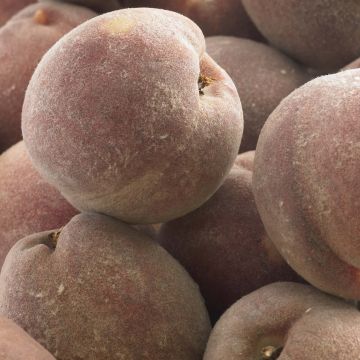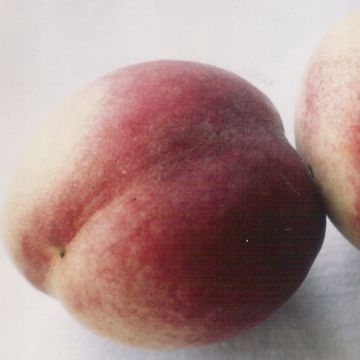Blood Peach Trees
Does this plant fit my garden? Set up your Plantfit profile →
Available in 1 sizes
Available in 2 sizes
Available in 1 sizes
Available in 1 sizes
Available in 1 sizes
Available in 4 sizes
Available in 1 sizes
Our range of Blood Peach Trees, to be planted in orchards and gardens. These varieties produce juicy and fragrant fruits, often with blood-coloured flesh. The Blood Vineyard Peach is the most classic variety, with its round fruits with intense red, sweet and velvety flesh. The 'Vinous Blood' Peach Tree produces smaller peaches with a slightly acidic taste, while the 'Yellow Vineyard Peach' stands out with its yellow, firmer and less acidic flesh.
Among other varieties, we have the 'White Vineyard Peach' offering white, sweet and tender flesh fruits, the 'Savoy Blood' appreciated for its dark red flesh fruits, well suited to cold climates. The 'Large Blood Vineyard Peach' Peach Tree stands out for the size of its fruits and their sweet flavour.
The name "vineyard peach" comes from the ancient tradition of planting these fruit trees near vineyards. This practice allowed for making use of the available space between the rows of vines and, most importantly, using the peach tree as a kind of "early warning system". Indeed, peaches are particularly sensitive to certain diseases, notably powdery mildew, which can also affect the vines. If the peach tree showed signs of disease, winegrowers could intervene more quickly to treat their vines.
Vineyard peaches thrive in full sun, in well-drained soils. Their spring pink flowering, very ornamental, precedes the formation of fruits. For a good harvest, carry out preventive treatment against peach leaf curl.
For further information, also check out our feature "Peach: planting, pruning, and harvesting its fruits"
Haven't found what you were looking for?










































